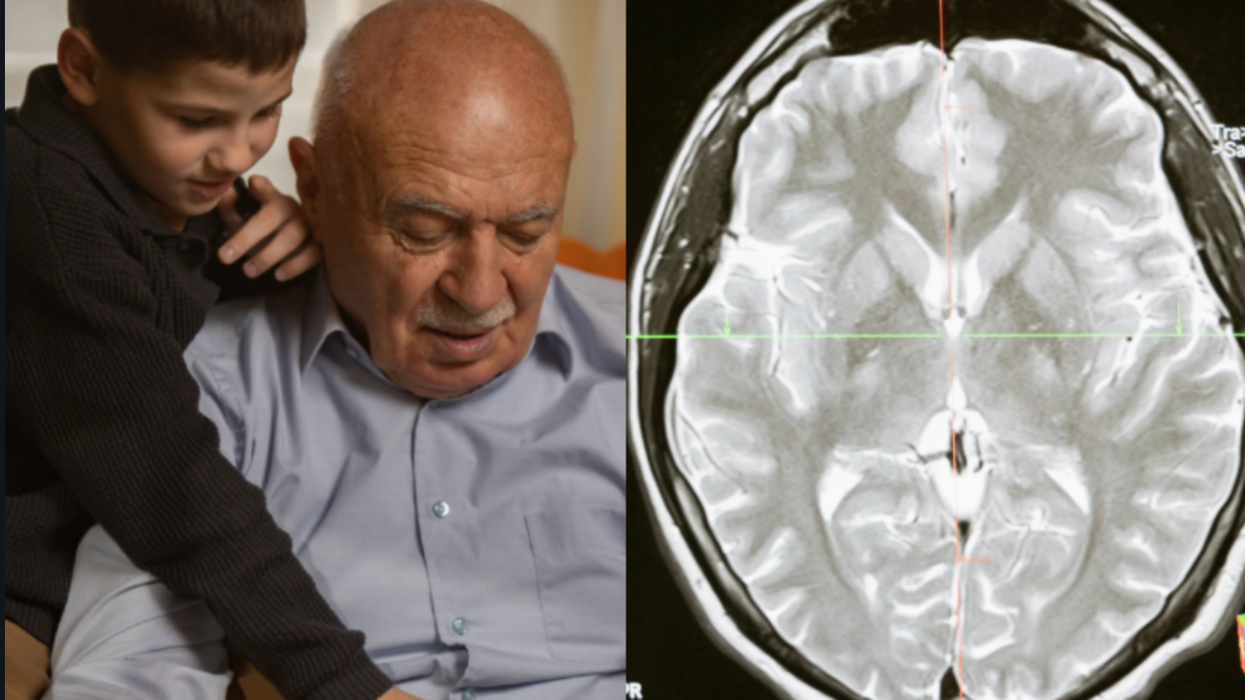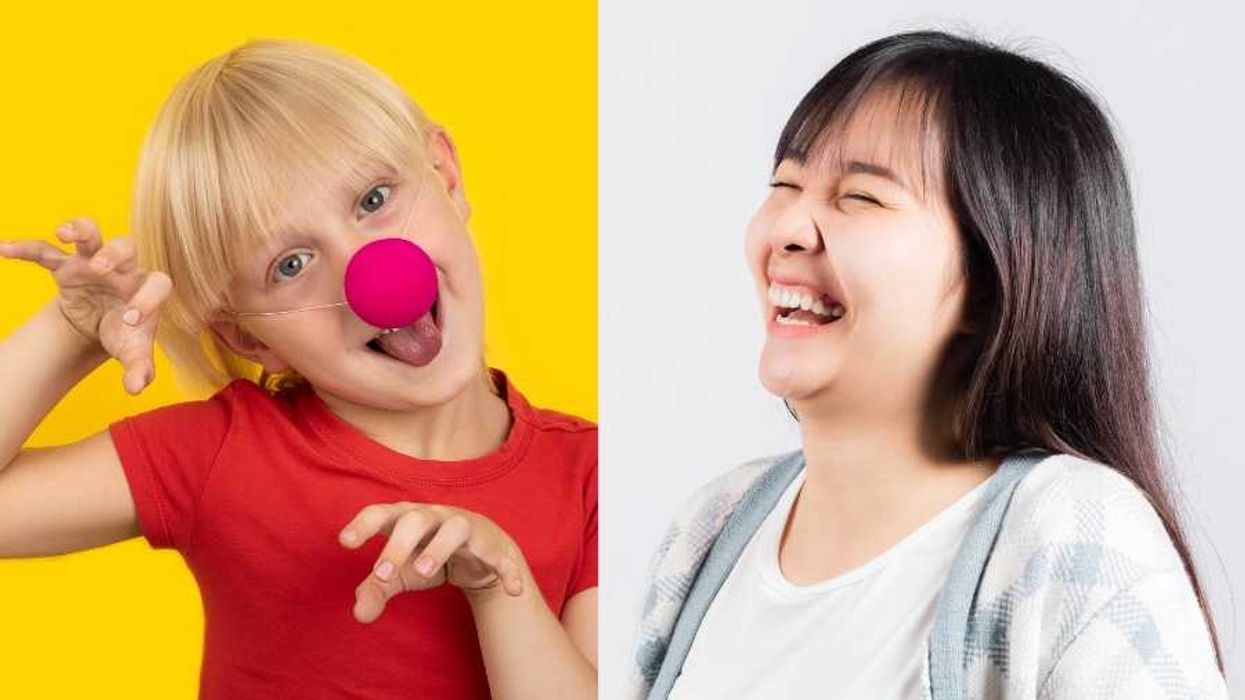The simple elegance of Nordic design seems linked to its dramatic landscape. It is easy to see how a region of stark climates, which alternate between sunless winters and blinding summer nights, sharp polar cliffs and endless meadows, would influence the designs of say, a sleek Ikea or Eero Saarinen chair, or bold Marimekko pattern. In addition to a deep love of nature, other distinctly Nordic traits that have seeped into its visual culture are an entrenched commitment to social issues, fierce individualism, and yes, even the famous “melancholy” of Scandinavia, which has influenced artists over the years ranging from Edward Munch to Lars Von Trier. Voyage to the Virtual, a new exhibit opening in January at Scandinavia House, the Nordic Center in America, explores these themes as well as the ways local artists have approached digital mediums from a distinctly Scandinavian perspective. While selfies, products of ironic digital collectives, and other ultra-on-trend creations have been the most recognizable faces of the new media genre, these artists have chosen to focus their practice on social issues such as global warming, the isolation of modern man, and the ways humanity deals with inner space, subjectivity, and intimacy.
“Nordic visual art is interesting in particular because we often [seek] slowness and contemplation,” says curator Tanya Toft, “which contrasts a contemporary urban condition of accelerated speed, fast-paced attention and perceptual modes of superfluous scanning. These artworks provide spaces of deep reflection.”
“Nordic art for me is working in relation to nature, and to discussions on climate change,” says Danish artist Jette Gejl Kristensen, whose featured interactive work Hyperkinetic Kayak allows gallery visitors to paddle through a digital fjord.“ I believe the biggest problem is the discrepancy in talking about it in a global context, and the real troubles and changes that are happening locally,” continues Kristensen.”We have a long tradition, since the golden age of Danish painting (1750-1890), for artists to work with nature and it [global warming] has had a big impact on how we cultivate and define ‘unspoiled’ nature.”
“The way we are testing our own limits, we are also testing the limits of the planet,” says Finnish artist Petra Lindholm, who was inspired to create her short film Empty Vessels by both a trip to rural Nepal and the current environmental and social conditions facing Scandinavia. Lindholm hints that the introspective quality of many Nordic artists’ work can be traced to the region’s much-lauded support of the arts. “There are a lot of media artists in Scandinavia, partly because we have a well built grant support [system]…” many of which allow for long periods of artistic experimentation. Several of these grants extend to less popular mediums like avant gard sound—one of the many reasons why countries like Finland have such a rich history of innovative, challenging pop-music. Whether you admire these Nordic artists’ take on digital art or it, err, it leaves you cold, you’ll no doubt be fascinated by the way they’ve bent a supposedly limited medium to fit the many facets of the human experience.






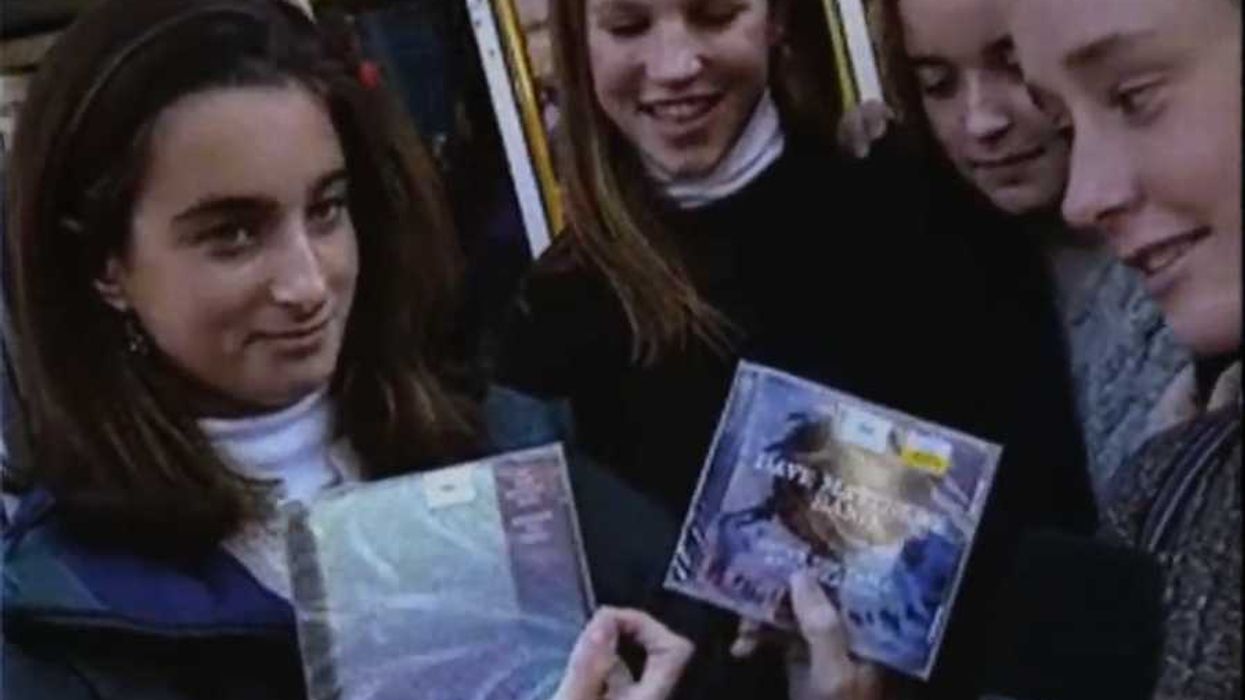
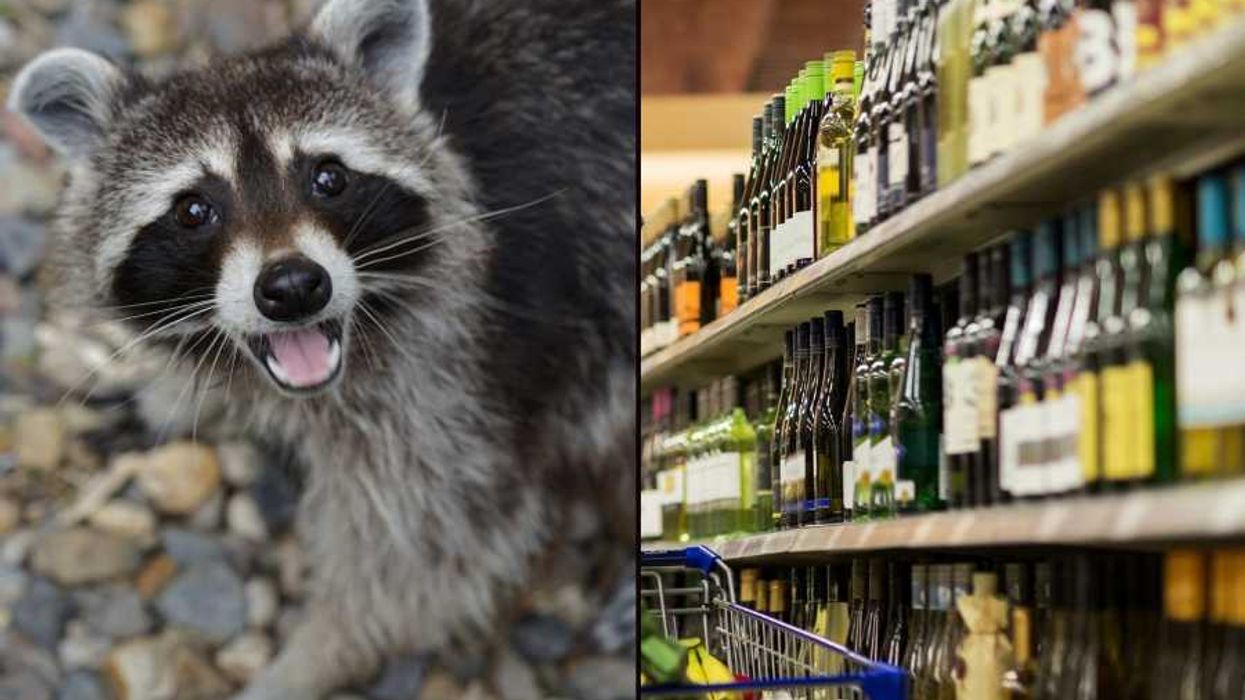
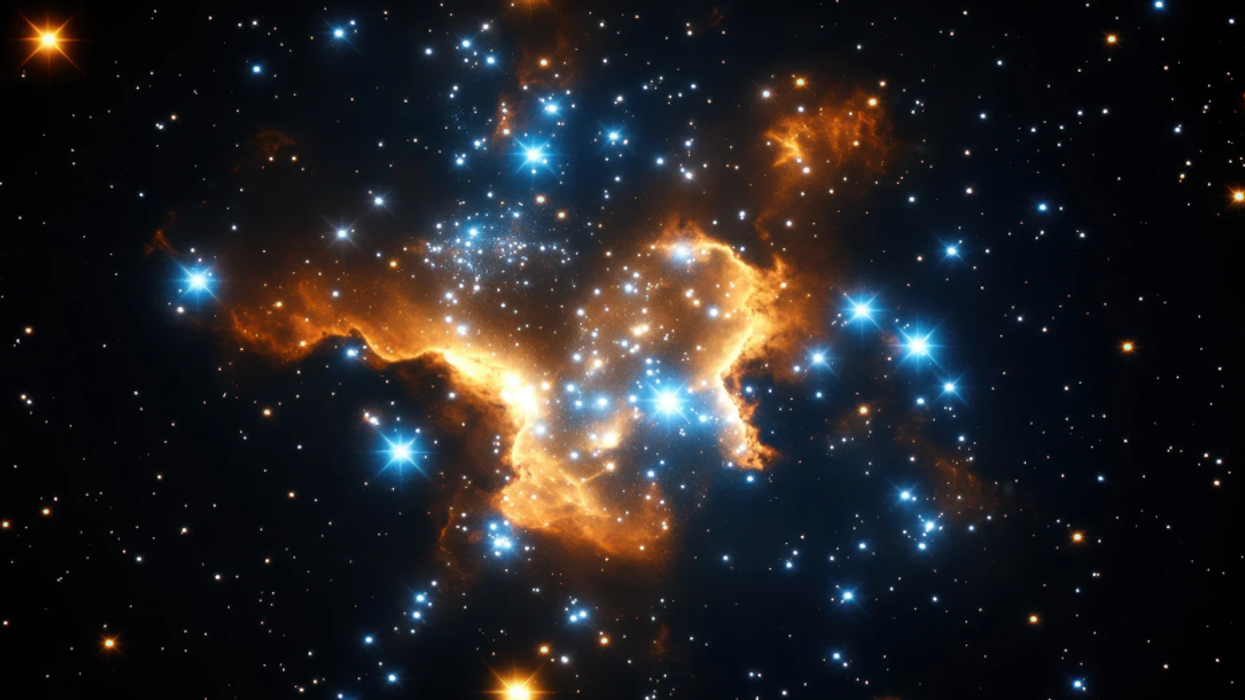



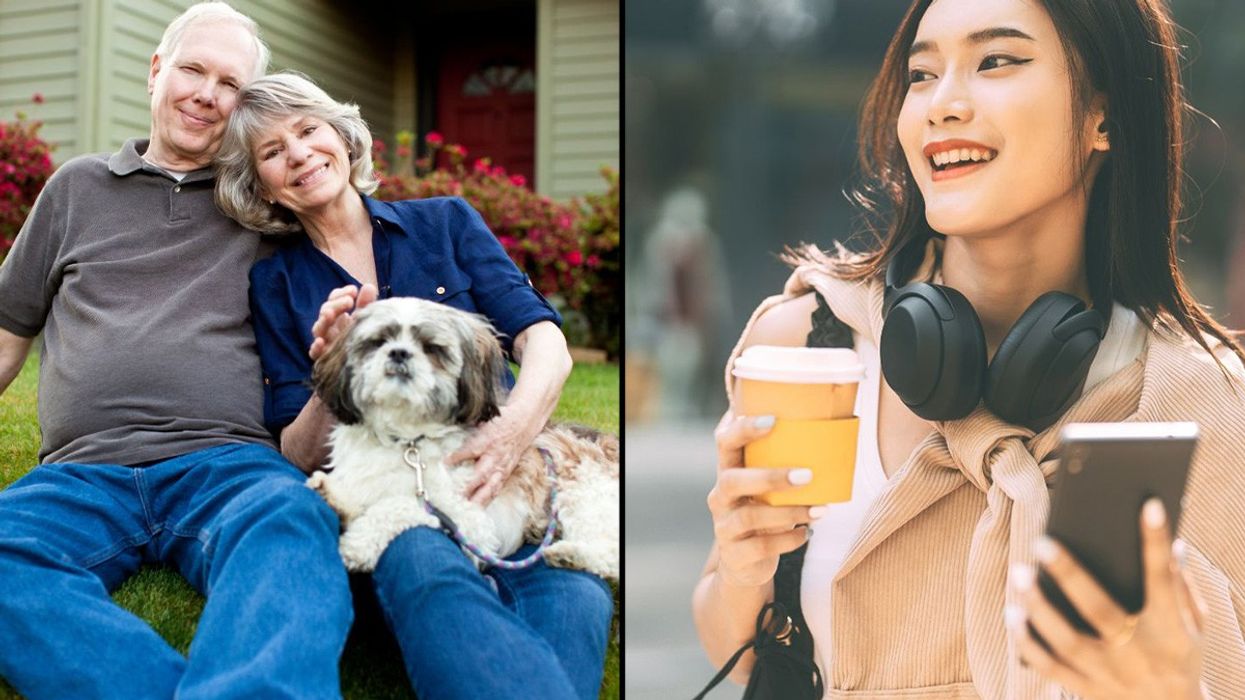


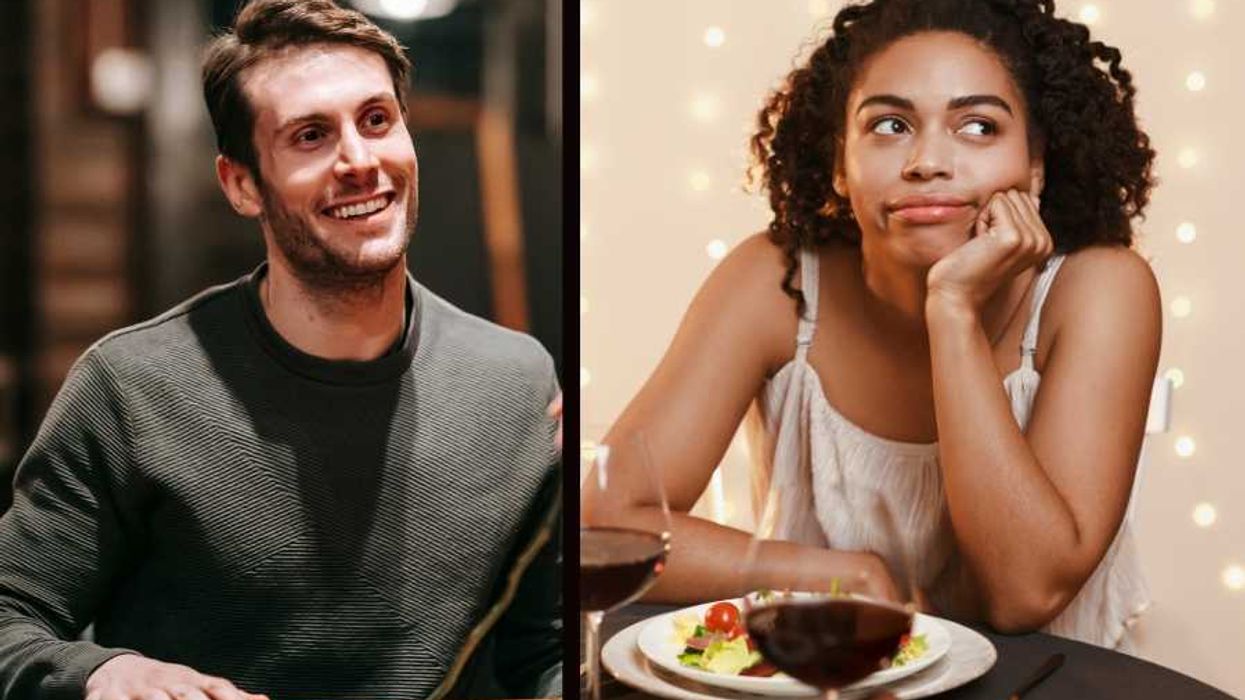

 Ladder leads out of darkness.Photo credit
Ladder leads out of darkness.Photo credit  Woman's reflection in shadow.Photo credit
Woman's reflection in shadow.Photo credit  Young woman frazzled.Photo credit
Young woman frazzled.Photo credit 
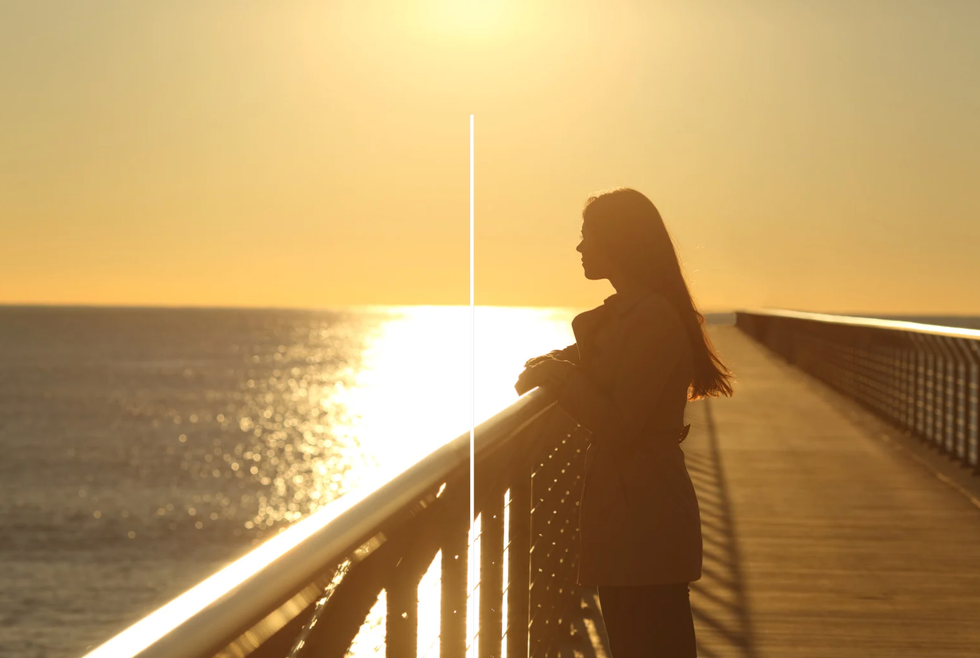 A woman looks out on the waterCanva
A woman looks out on the waterCanva A couple sits in uncomfortable silenceCanva
A couple sits in uncomfortable silenceCanva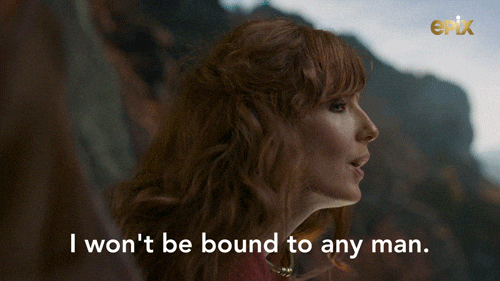 Gif of woman saying "I won't be bound to any man." via
Gif of woman saying "I won't be bound to any man." via  Woman working late at nightCanva
Woman working late at nightCanva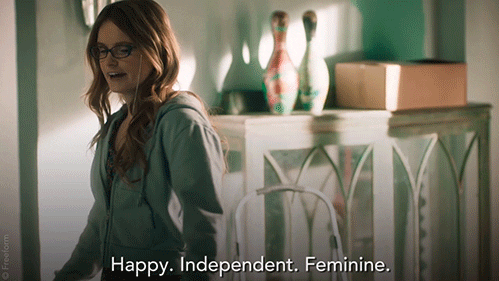 Gif of woman saying "Happy. Independent. Feminine." via
Gif of woman saying "Happy. Independent. Feminine." via 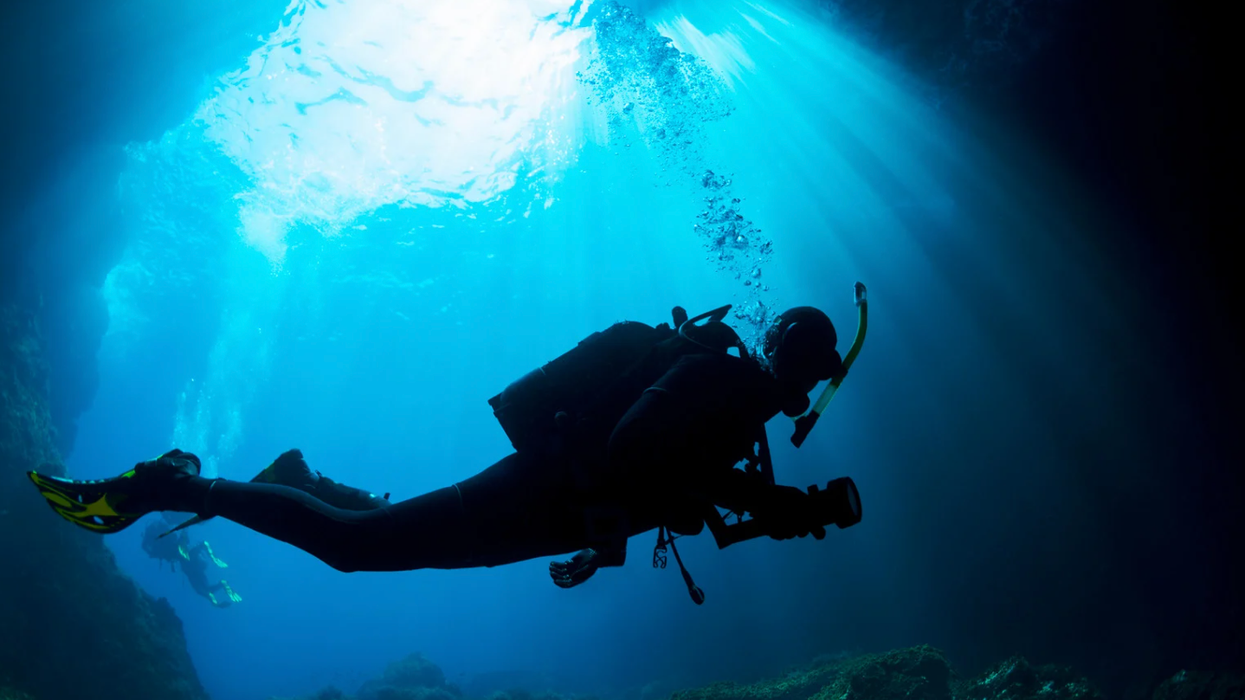
 Yonaguni Monument, as seen from the south of the formation.
Yonaguni Monument, as seen from the south of the formation. 